This Tyrrell P34 continuation is a six-wheeled dream machine
When it comes to experiments and innovations in Formula 1, there has never been a period quite like the 1970s. During that decade, Lotus changed the basic look of F1 cars forever, adding side radiators and a closed nose, briefly trying a four-wheel drive turbine-powered car, and perfecting ground effects. Brabham debuted its own ground effect technology with the race-winning (but quickly banned) BT46B “fan car,” which had a fan at the back to extract air from underneath the car to suck it closer to the ground for better traction. Renault introduced the first of the turbo engines that would define F1 for most of the following decade.
And then there was the Tyrrell team, which ran two seasons with its famous P34, instantly recognizable for its four itty-bitty wheels and tires up front. It is the only six-wheeled F1 car to ever win a race.

Today, F1 cars from the 1970s enjoy a popular and active calendar on the historic racing scene, but when one American racer went shopping for a Tyrrell “six-wheeler,” he came up empty. All of them were either in museums or private collections. Most people would have given up there and bought something else, but instead he had two copies built, painstakingly recreated from original blueprints and scans of original parts. One of them made its first on-track appearances last year, and now the second of those two Tyrrell P34 “Continuations” is up for grabs through the RM Sotheby’s Private Sales division.
By the mid-1970s almost every F1 team on the grid was using the Cosworth DFV engine and Hewland gearbox, so to chase that competitive edge, F1 designers had to get creative with chassis design and aerodynamics. One aerodynamic sticking point? Front tires.
Rules dictated a maximum width of the front wing, which left the tires sticking out in the wind. So to keep the fronts out of the airflow but avoid sacrificing traction, Tyrrell designer Derek Gardner came up with the clever idea of using four tiny 10-inch wheels in front. After convincing Goodyear to make special tires small enough to fit, work commenced on the new six-wheeler, dubbed the P34.
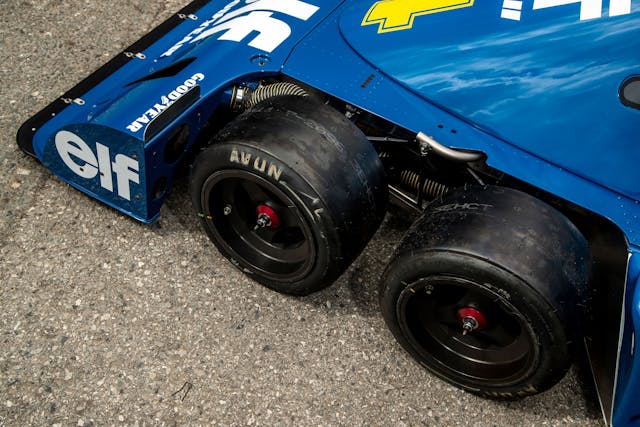
All four wheels were fitted with small disc brakes, but the steering rack only operated the front two wheels. The “rear” front wheels turned by use of a bell crank. Rapid wear of the front tires was an early concern, so portholes in the side of the cars were added to allow the drivers to monitor tire wear. The P34 first debuted at the Heathrow Hilton in September 1975, but there was still development to be done and the six-wheeler wasn’t ready to race until the fourth round of the 1976 season in Spain.
The 1976 F1 season is mostly known for the epic championship battle between Ferrari’s Niki Lauda and McLaren’s James Hunt, made even more famous in the 2013 film Rush. But Tyrrell’s new six-wheeled machine caused quite a stir when it arrived in Spain. And although it didn’t revolutionize the sport, Gardner’s whacky design really worked, especially on circuits with long straights and sweepers.
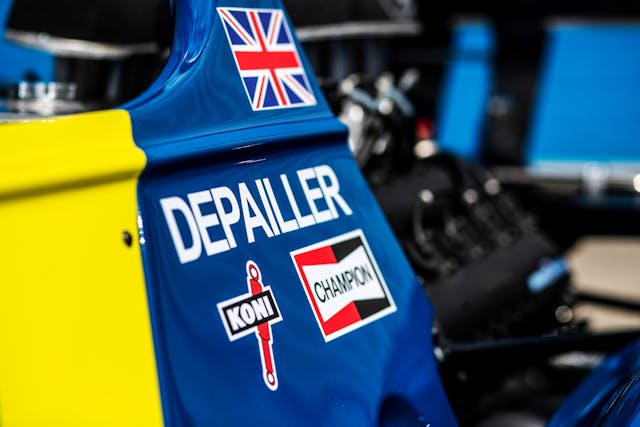
Tyrrell’s drivers—South African Jody Scheckter and Frenchman Patrick Depailler—racked up podium finishes at the Monaco, French, British, West German, Canadian, U.S, and Japanese Grands Prix. At the seventh round of the season, the Swedish GP at Anderstorp, Scheckter took both pole and the checkered flag, with Depailler following in second. At the end of the season, Scheckter and Depailler were third and fourth in the Drivers’ standings, and Tyrrell finished third in the Manufacturers’ Championship, behind Ferrari and McLaren but ahead of Lotus. Tyrrell tweaked the P34 for the 1977 season but it just wasn’t as competitive, and the team only managed sixth in the Championship that year. Tyrrell went back to a conventional four wheels for 1978, and eventually six-wheeled cars were banned from Formula 1. Williams, March, and even Ferrari experimented with six-wheelers (all with four at the back rather than at the front), but the Tyrrell P34 was the only one to even race, let alone win a Grand Prix.
Tyrrell built seven original P34 chassis in period. Two of them were destroyed. The American historic racer we mentioned earlier? That’s Jonathan Holtzman, who tried to buy one of the five precious survivors but was unsuccessful. He instead commissioned CGA Race Engineering based in Warrington, England to build an exact copy. With the blessing of the Tyrrell family, Holtzman and CGA got access to the original 1976 build documents and blueprints, and set about building a continuation car—essentially from scratch—in 2018.
As you can probably imagine, this was no easy feat. CGA scanned original parts and an original chassis, and Boeing was the only company around that was able to provide aluminum sheets large enough to shape into a P34 tub. Every detail is as close to the original as possible. The only difference from the original winning 1976 car was the fitment of a steel roll bar instead of the original titanium—a concession to modern safety. CGA took a total of 7000 hours to complete the build, and the car (Chassis P34/09) had its first race at Brands Hatch last year.
The second car, Chassis P34/10, is now up for sale. Built to the same exacting specs of the original 1976 Swedish GP-winning car, it will probably be the only chance to buy one of these F1 oddities for the foreseeable future. The price? £1,750,000, or about $2.48M. Pretty steep for a continuation car, but according to RM Sotheby’s it is still eligible for historic races like the Monaco Grand Prix Historique, Monterey Motorsports Reunion, and the Masters Historic Racing series. It wouldn’t be the most expensive car on the grid, in that deep-pocket context, and it may very well have cost more than £1.75M to build.
The market for historic Formula 1 cars isn’t exactly straightforward, but it mostly comes down to history and usability. The space offers a very wide range of both. That’s why a legendary Grand Prix machine like the Ex-Fangio Mercedes-Benz W196 can sell for £19,601,500 ($29.6M) while other cars from lesser known teams and drivers can sell in the low six-figure range. This Tyrrell continuation falls in the middle of the pack—usable for someone who wants to let out their inner Jody Scheckter at race circuits all over the world, but it technically has no history in spite of the famous shape. Needless to say, we just want to see it hit the track soon.
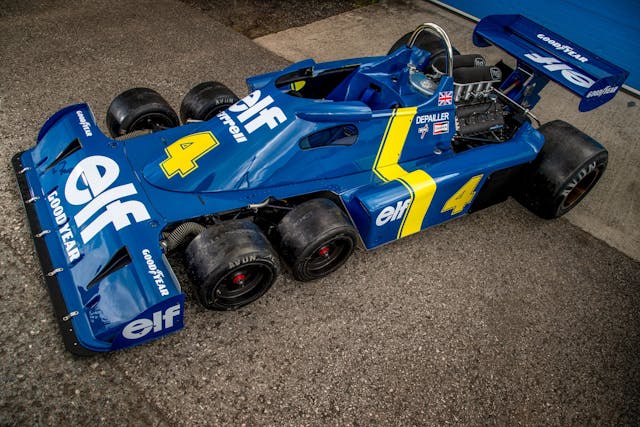

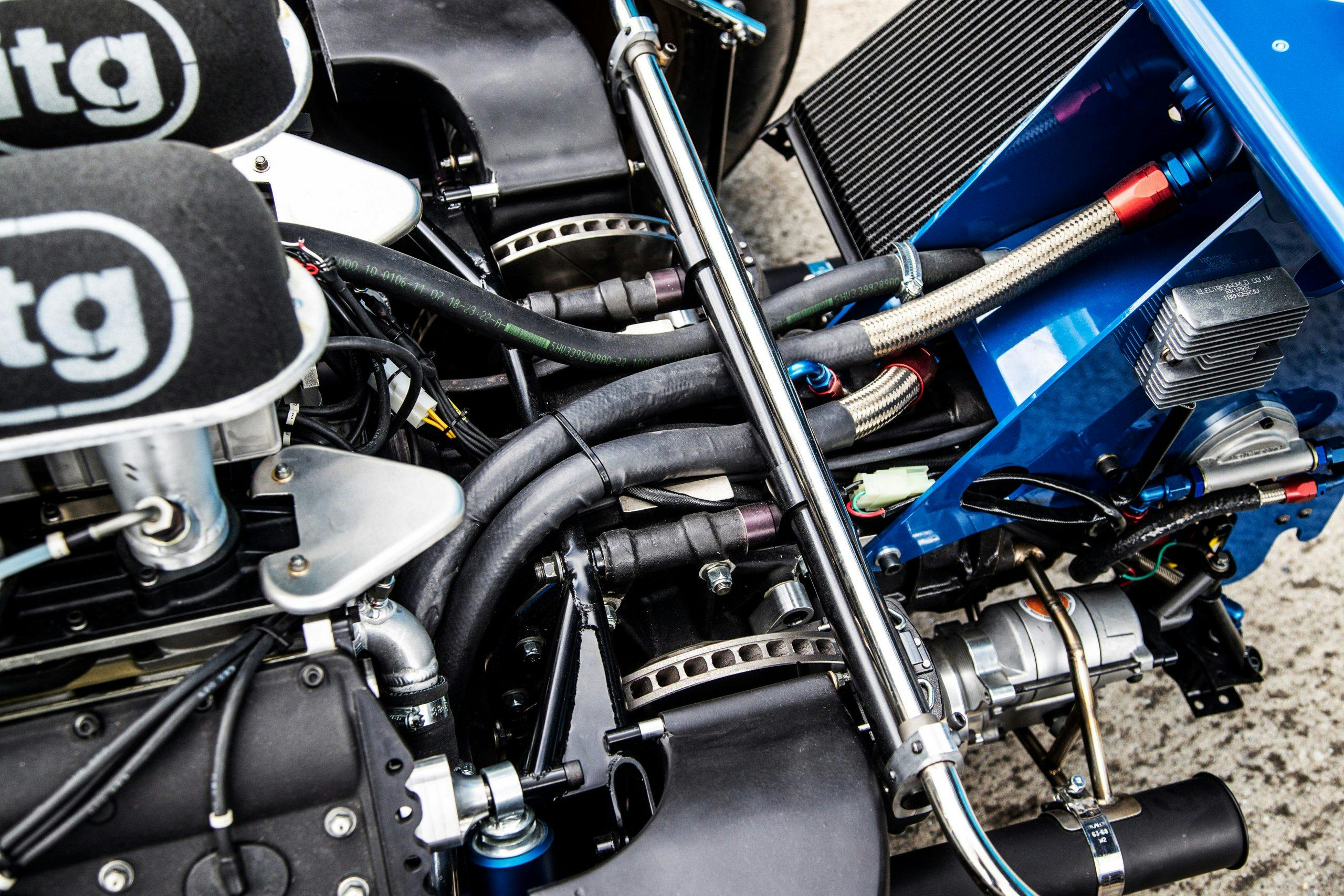
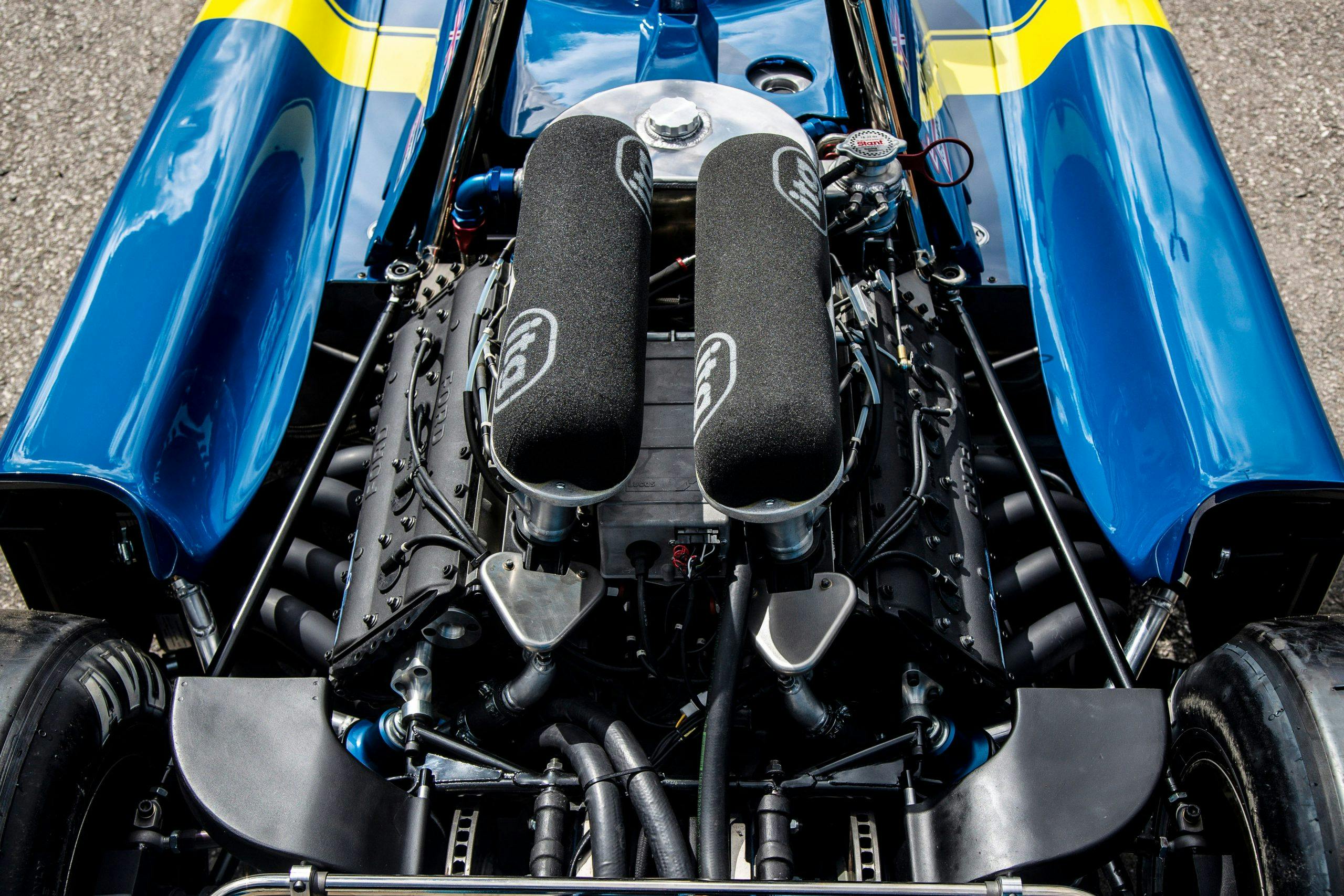
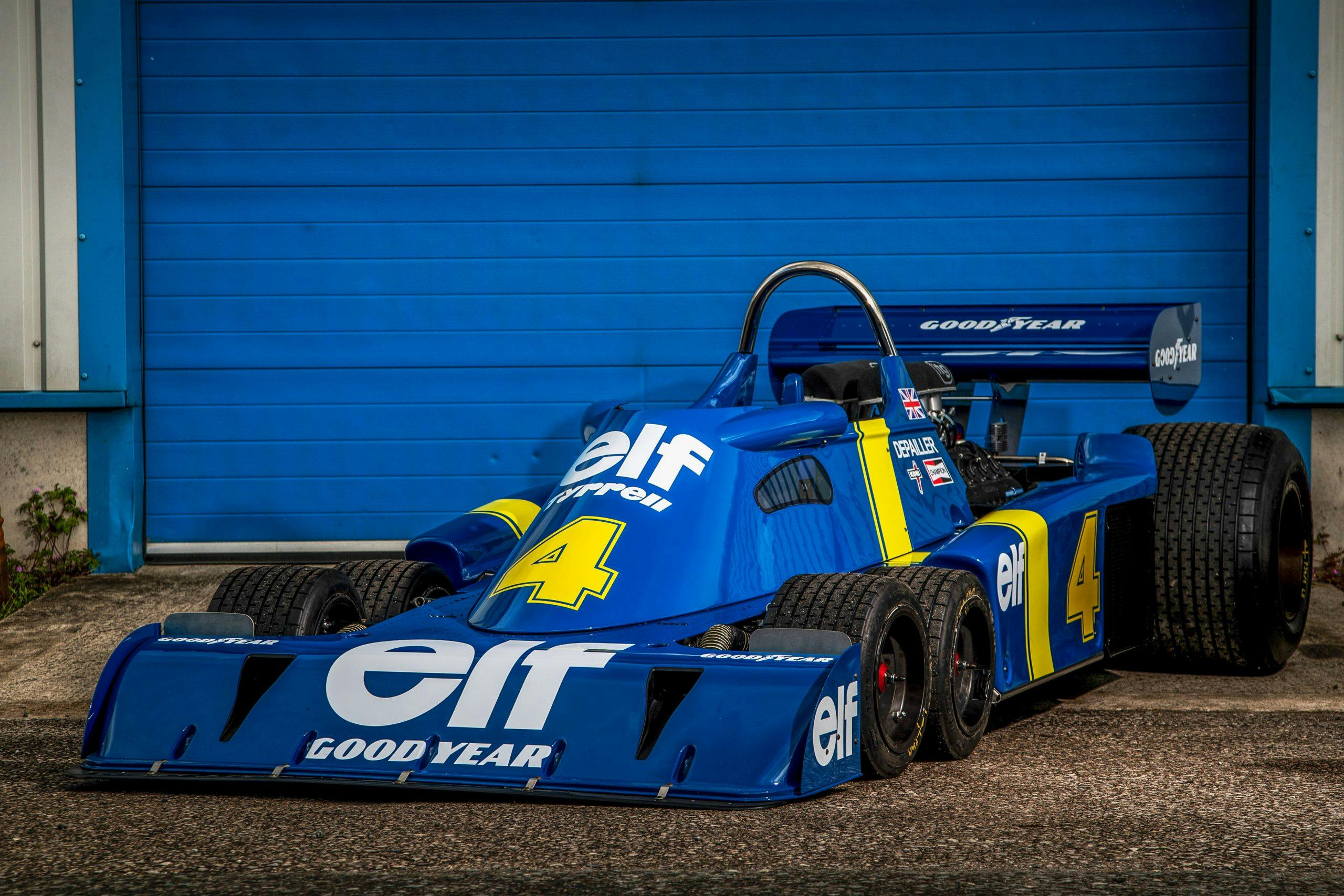
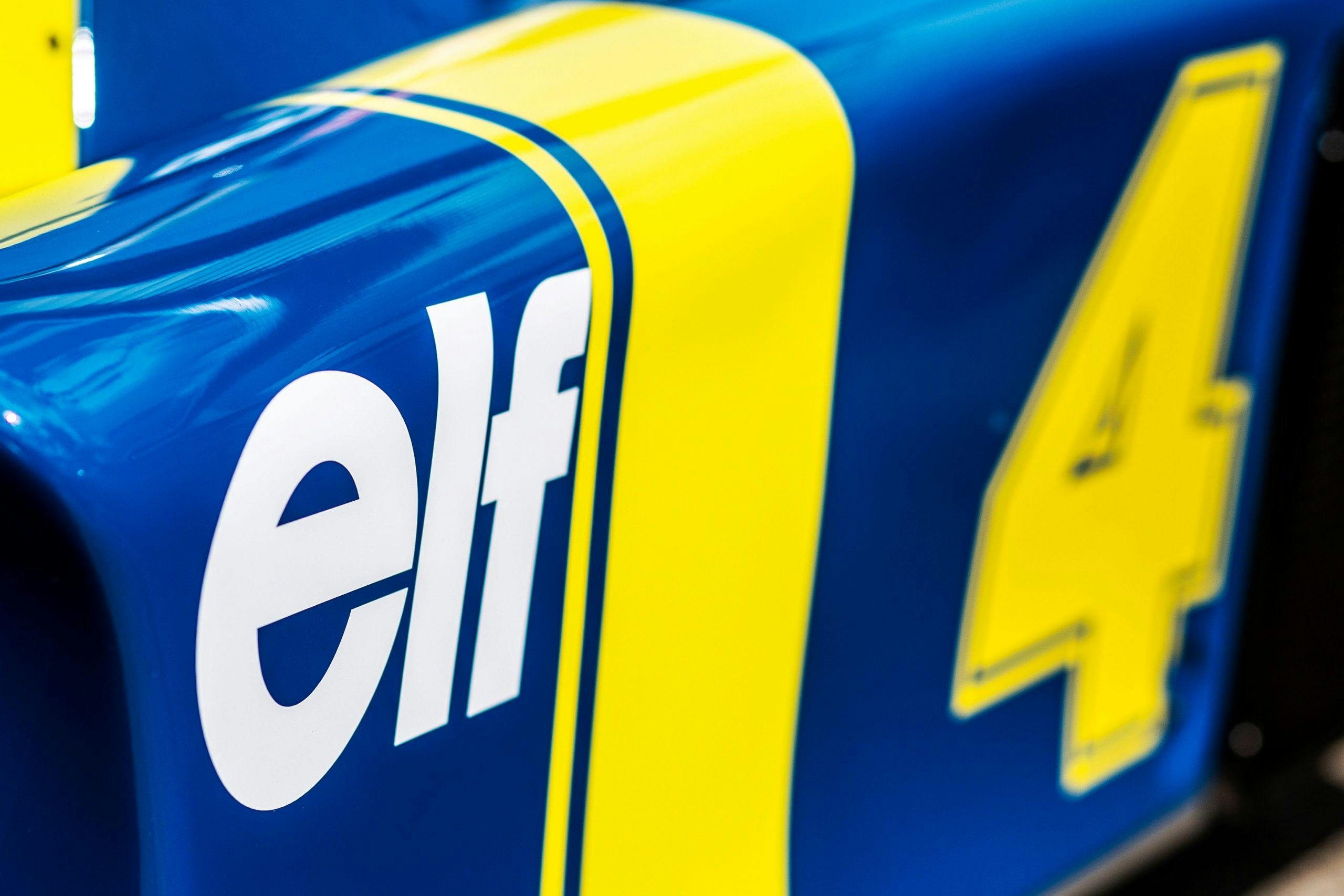
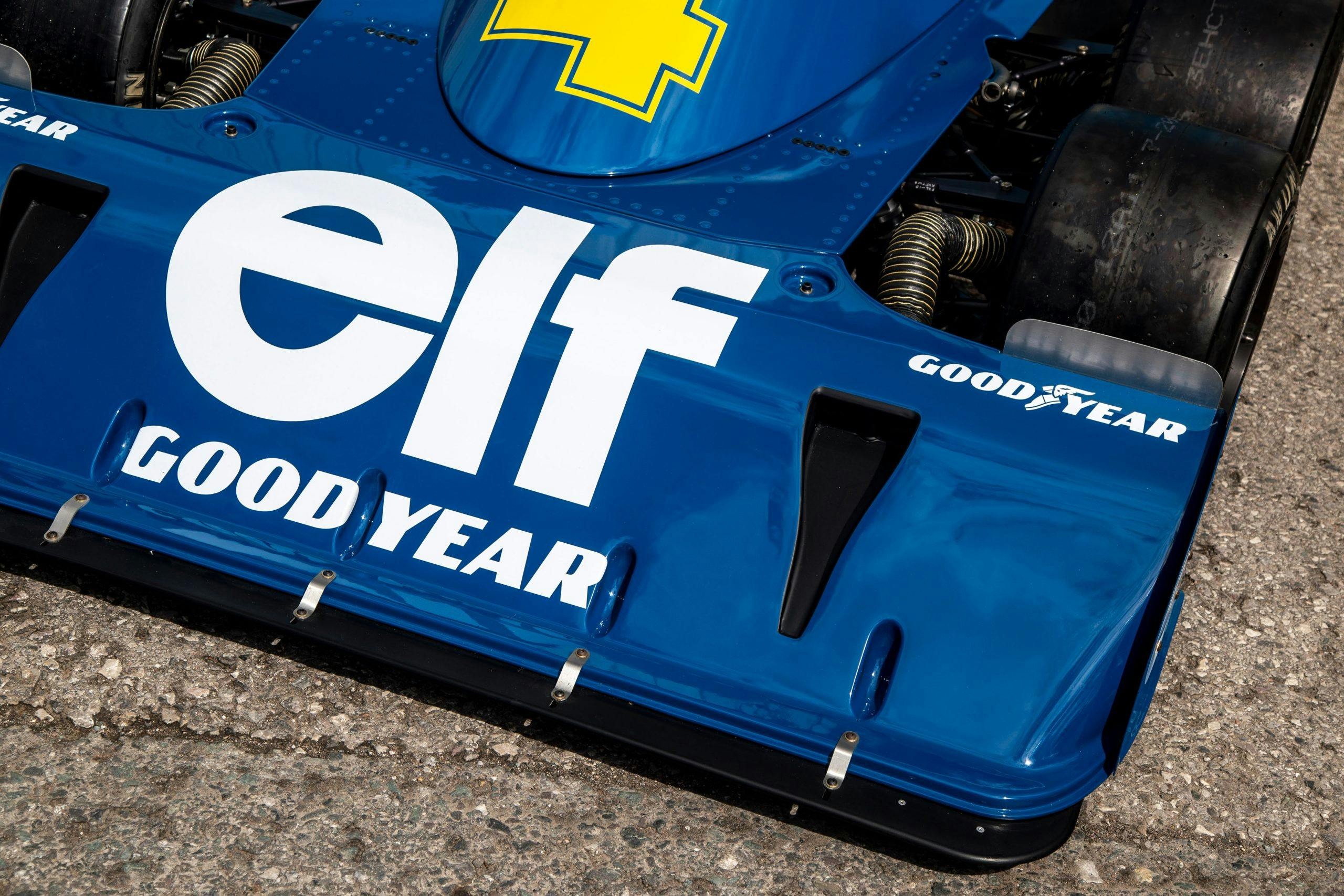
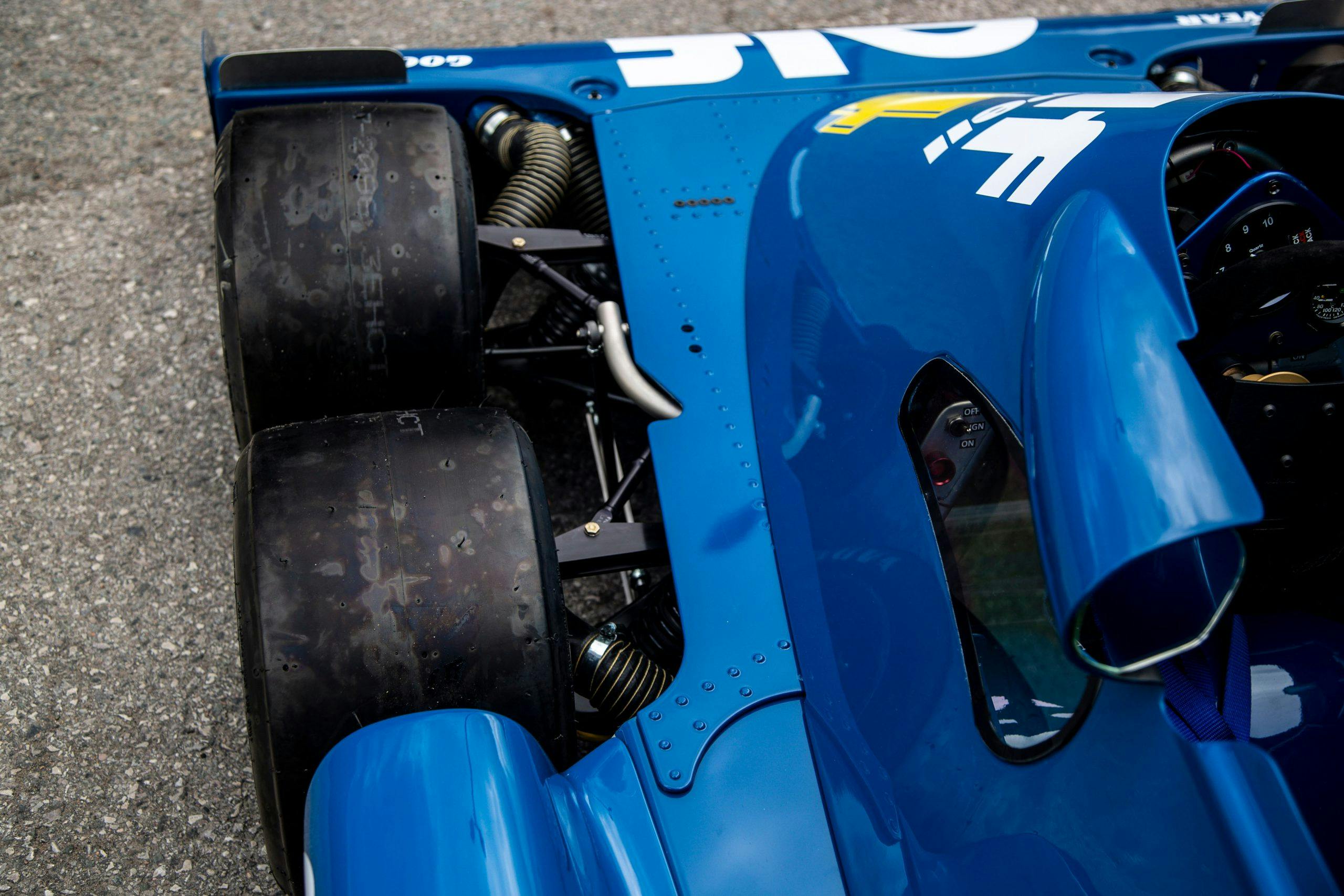
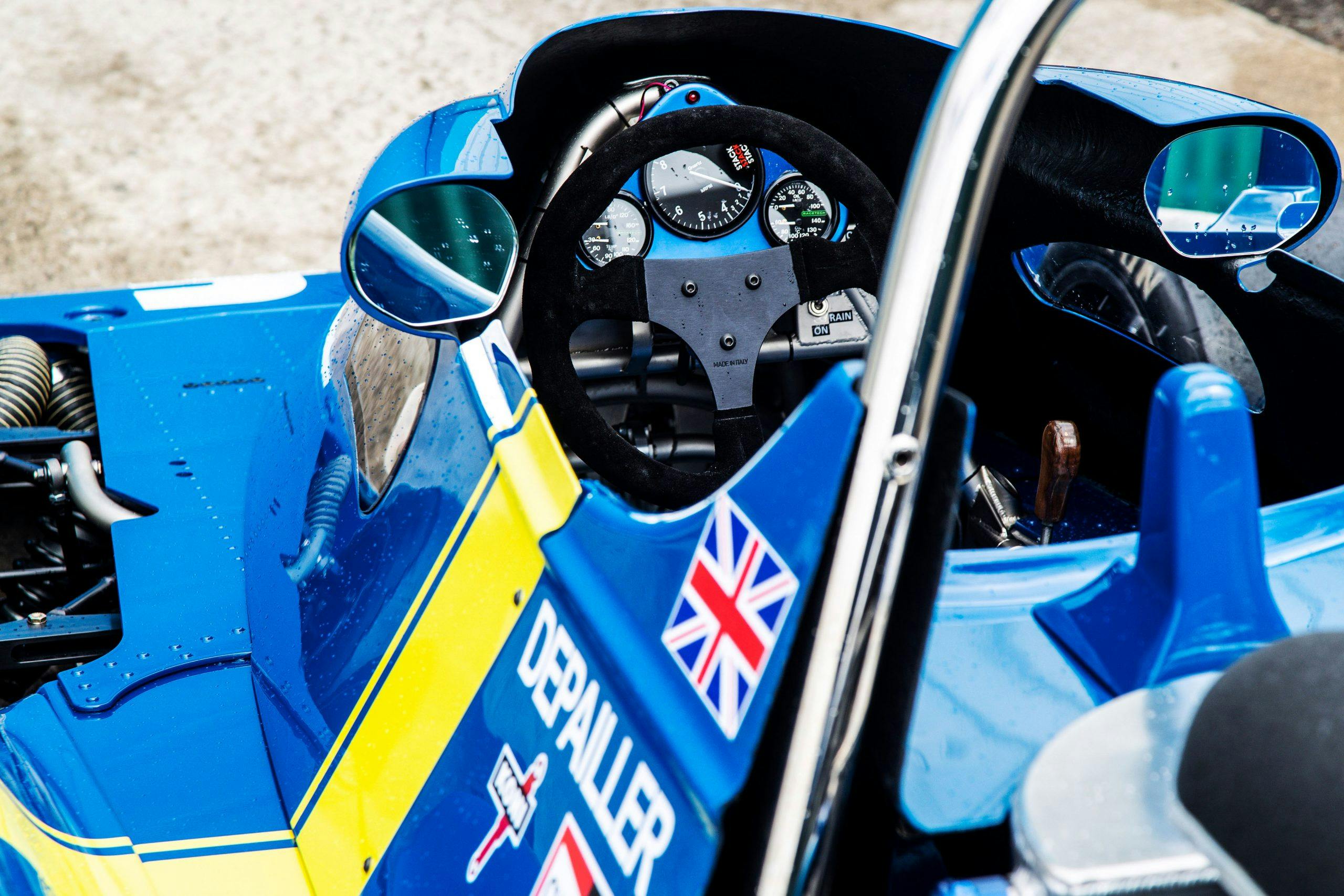
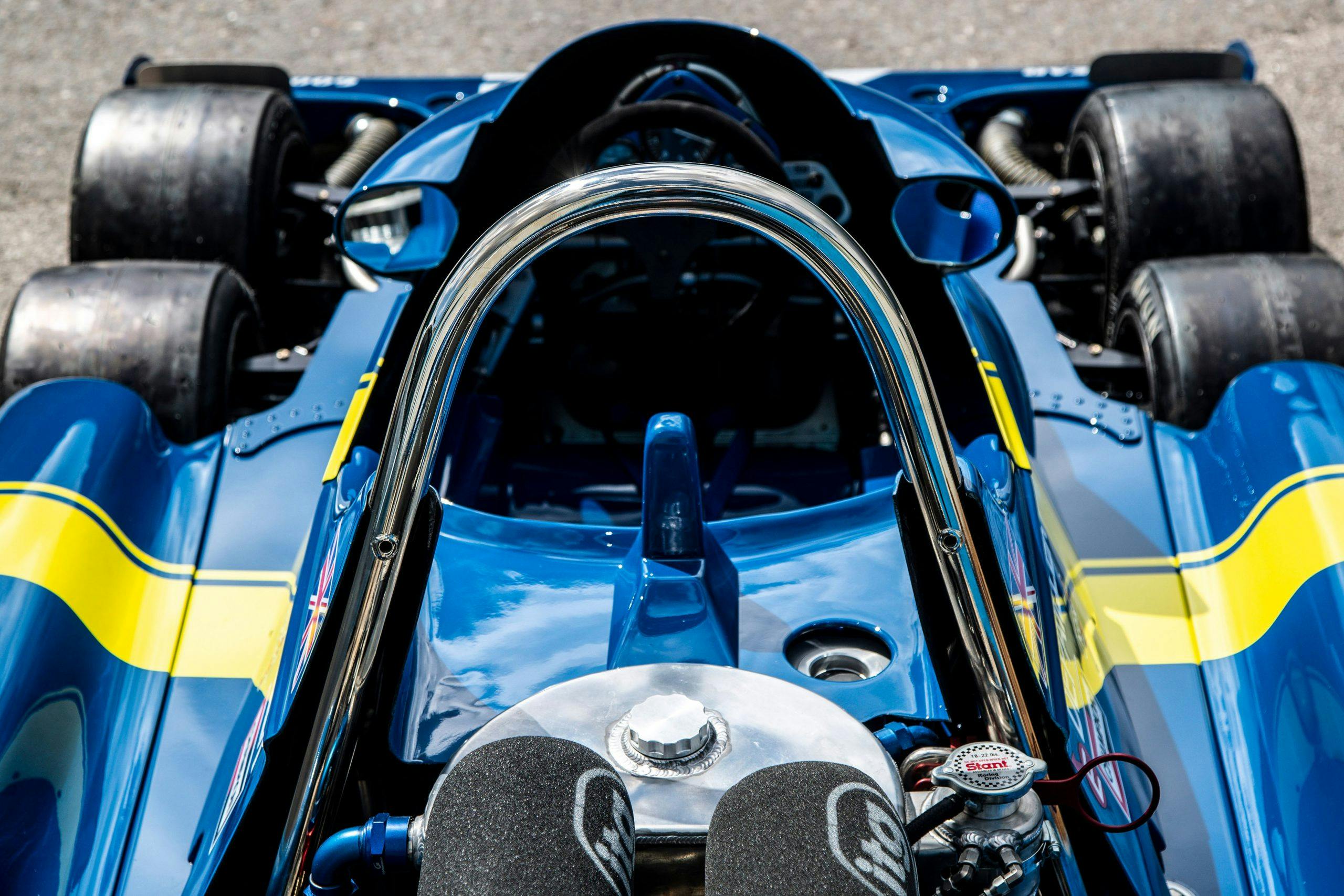
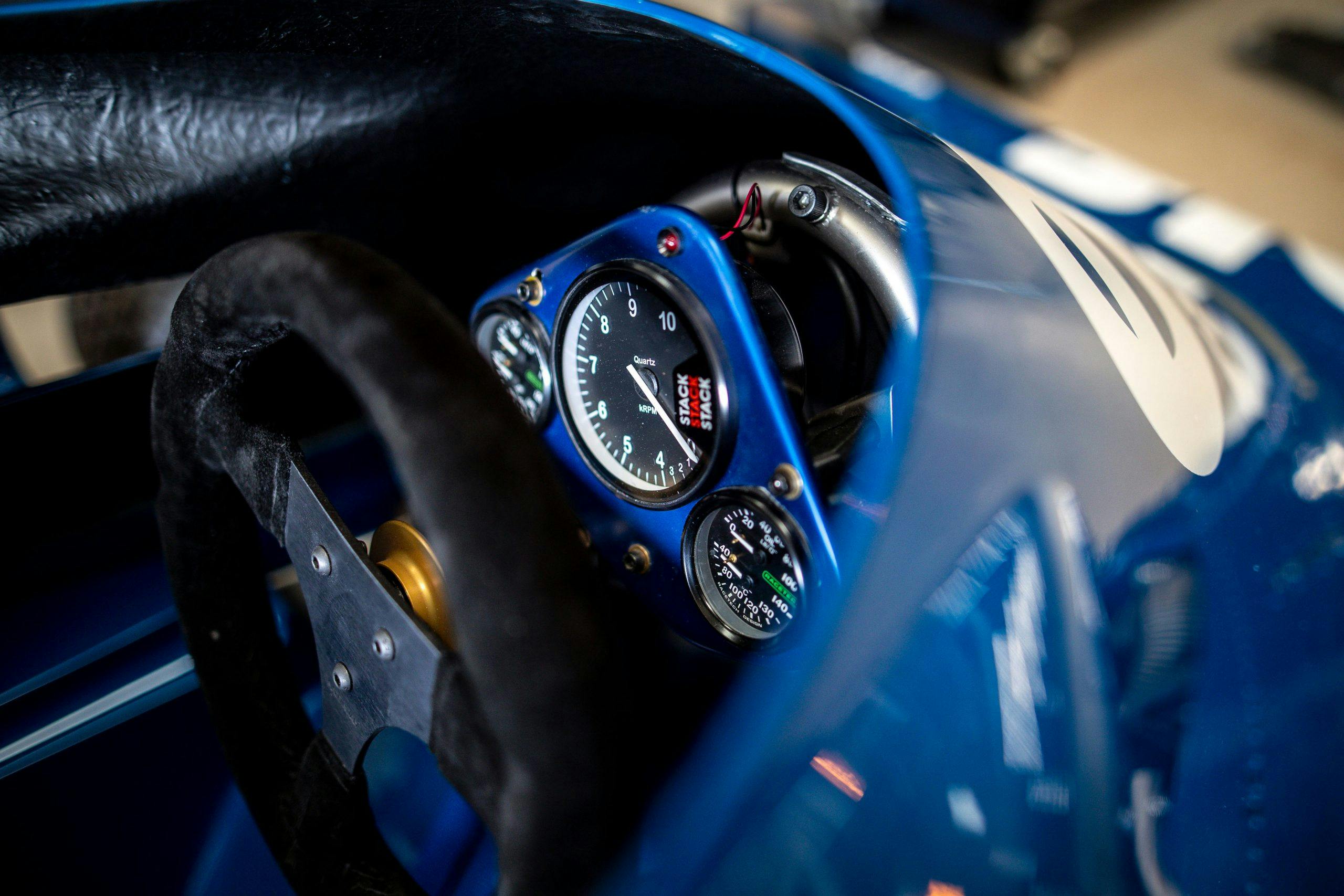
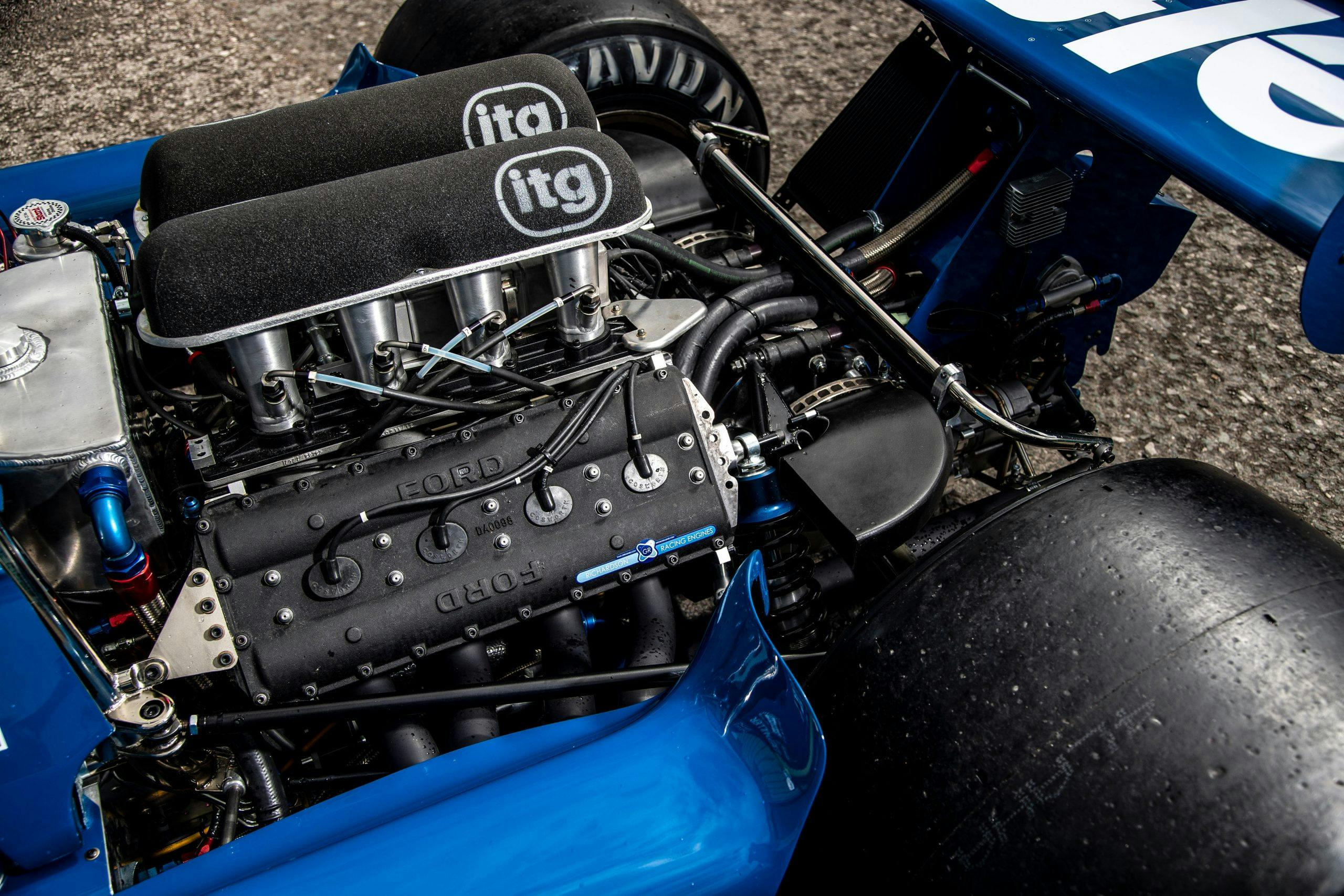


As 1976 Watkins Glen was the first F-1, I attended, watching races now I wonder what was done regarding tire changes.
Did they change the front 2 and the back 2 or all 6?